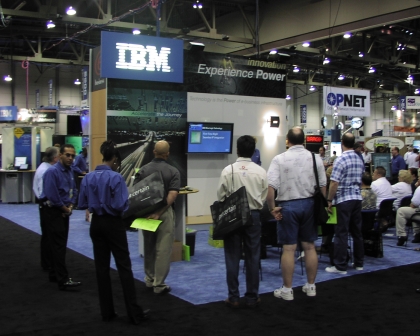
Then came email and it opened up a whole new approach for exhibitors. Get the show list and blast them with an email-a-day to draw attention to your booth and your giveaway. Of course along with the email came the concept of SPAM although I have a tendency to remember it as something I ate as a kid.
SPAM and its subsequent communication regulations have resulted in a great reluctance on the part of most trade show organizers to give exhibitors access to the attendee list. Many associations, in fact, have instituted policies that do not allow the distribution of member email addresses to anyone. So the attendee is now protected from their email address being widely distributed, which is a good thing, but what about the exhibitor?
Most events rely to a great extent on the revenue from exhibitors to meet the event’s operating budget. Without exhibitors the attendee price would most likely increase or the event’s services would be dramatically curtailed. It is nice to have great speakers, meals and now APPs but they are not free. So how does the exhibitor justify the expense of exhibiting for a few hours at an event that does not provide them the means to reach the audience with the most heavily used mediums in use today – email and direct mail?
There are other ways to reach the attendees including advertising in the show guide or show APP, on-site signage or other sponsorships. These are useful ways to get a brand name in front of the attendees, but they don’t allow the exhibitor to communicate specifics about their booth, demo times, show specials and promotions.
One solution is the organizer can send emails on behalf of select exhibitors thereby keeping the list confidential. This seems to keep the exhibitors happy and the attendees protected. The organizer can also control the number of emails that go out to ensure their attendees’ inboxes don’t get flooded with exhibitor messaging.
Whatever the approach the exhibitor needs a way to get their message to the audience. If you ask the audience, I think you would find a majority would not be opposed to receiving selective exhibitor communication (just not 100 lbs of it).
